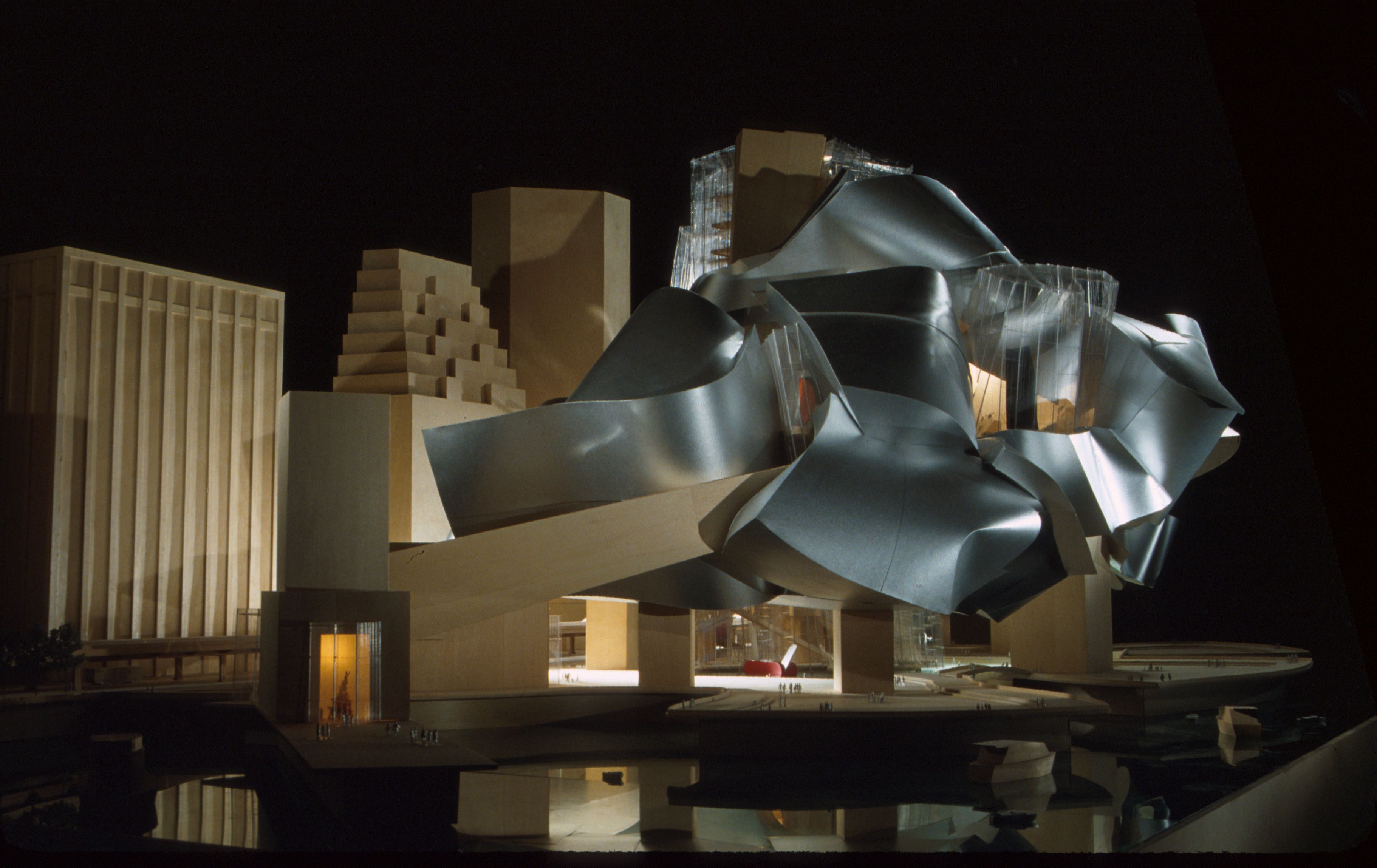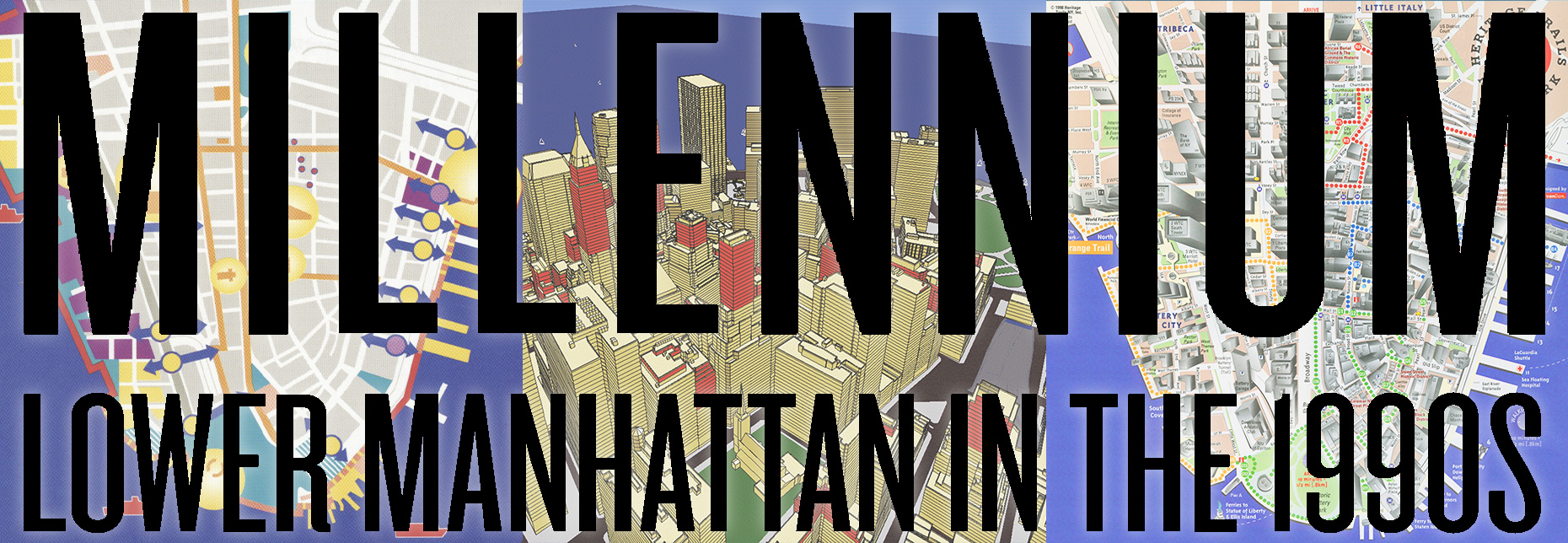The Skyscraper Museum is devoted to the study of high-rise building, past, present, and future. The Museum explores tall buildings as objects of design, products of technology, sites of construction, investments in real estate, and places of work and residence. This site will look better in a browser that supports web standards, but it is accessible to any browser or Internet device.
SOUTH STREET SEAPORT, HISTORY & CULTURE
Installation View
What new uses were necessary to reinvent Downtown for the 21st century? Residences? Tourism? Culture? Shopping? How would all these changes be accommodated? In new buildings, or in old ones?
The South Street Seaport Museum was founded in 1967 to tell the story of the Port of New York as a “museum without walls” in historic buildings of the district, especially the 1812 counting houses of Schermerhorn Row, and through a fleet of two tall-masted sailing ships and nine other vessels moored on the piers south of the Fulton Fish Market.
The Seaport was designated a historic district by the Land-marks Preservation Commission in 1977, but the restoration of buildings was slow until the Rouse Corporation, a developer who had previously revived Boston’s Faneuil Hall and Baltimore’s Inner Harbor as successful “urban festival markets.” In an agreement overseen by the City’s Economic Development Corporation (EDC), the museum was to receive both gallery space and a revenue stream from the profits of Rouse’s commercial redevelopment of the area, which included the restored counting houses and new infill structures. The retail shops and restaurants – many in the newly crated platform and structure for Pier 17 – opened with great fanfare in 1983.

After initial financial success, in the mid-1990s, the Rouse buildings began to lose money, leaving shipwrecked the finances of the South Street Seaport Museum. The complex was sold another developer, the Howard Hughes Corporation. Although the museum did, finally, open galleries in the upper floors of Schermerhorn Row in 2003, it continued to struggle financially and was forced to close the galleries after flooding by Hurricane Sandy in 2012.
Multiple plans for other new museums in lower Manhattan were conceived in the Nineties. The Police Museum opened in its first location on the ground of 25 Broadway (later moving to the First Precinct Headquarters in 2001) and the Museum of American Financial History opened at 26 Broadway in 1996. Founded in 1996, The Skyscraper Museum mounted its first pop-up exhibitions in donated space on Wall Street from 1997 to 2000 before finding its permanent home in Battery Park City. It joined the Museum of Jewish Heritage which opened its first building there in 1997. Plans for a nearby Museum of Women’s History, conceived in 2000, failed to be realized.

By far the most flamboyant and ambitious plan for a new museum and cultural facility was for a Downtown Guggenheim designed by Frank Gehry, to be built over the water bridging three piers and stretching from Wall Street to the Seaport. A huge model of the design, exhibited at the uptown Guggenheim in 2000, is pictured in three views on the rear of this case.
In September 1999, the EDC issued a request for proposals for the development of city-owned Piers 9, 13, and 14, and invited the Solomon R. Guggenheim Foundation to submit a bid. Director Thomas Krens commissioned Gehry – fresh from his triumph of the Guggenheim Bilbao – to surpass the scale of his Spanish masterwork. Described as a “floating titanium cloud,” the composition enclosed over 520,000 sq. ft. of gallery space, anchored by a 400’ high-rise. The complex included a skating rink, sculpture garden, and promenade. The price tag was also extraordinary: $670 million for a first estimate. Although political support for the improbable project was enthusiastic, as were the architecture critics, the museum was unable to raise sufficient funds and withdrew their proposal in December 2002.
